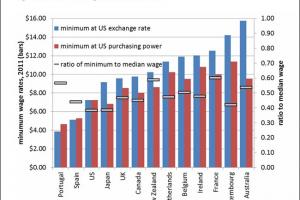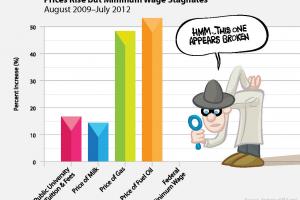Tidbits - March 14, 2013
Portside
 Readers Comments on: Wealth Equality; Robert Reich on raising the minimum wage; Unions and evictions; Wither the Socialist Left? - another response to Mark Solomon; LA School Board election and Big Money; Hugo Chavez: Lest We Forget; Guns, the NRA and Newtown; Why not better unions; Philip Bonosky Memorial April 21 in New York; Francisco Aruca R.I.P.; Robin Hood rides again - April 20 - Washington; The Literary Left - Tribute in honor of Alan Wald - March 21 - Ann Arbor
Readers Comments on: Wealth Equality; Robert Reich on raising the minimum wage; Unions and evictions; Wither the Socialist Left? - another response to Mark Solomon; LA School Board election and Big Money; Hugo Chavez: Lest We Forget; Guns, the NRA and Newtown; Why not better unions; Philip Bonosky Memorial April 21 in New York; Francisco Aruca R.I.P.; Robin Hood rides again - April 20 - Washington; The Literary Left - Tribute in honor of Alan Wald - March 21 - Ann Arbor







Spread the word